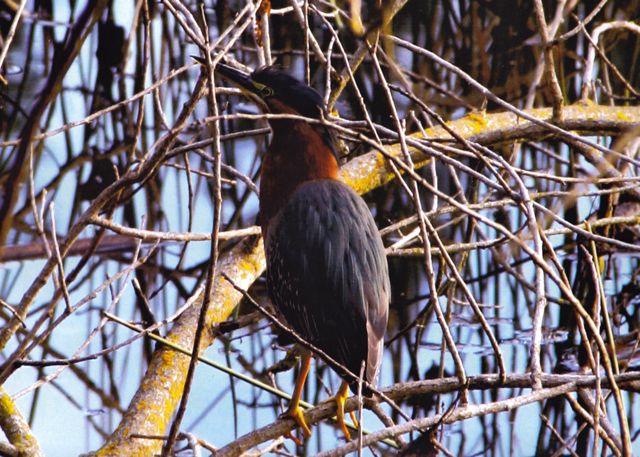We are pleased to introduce Leah Ingram, our Garden Manager. Leah has gardened most of her life. She has a Bachelor’s Degree in Landscape Architecture from Cal Poly with minor degrees in land rehabilitation, soils science and sustainable environments. During college she worked on the Cal Poly organic farm and performed small scale design and residential landscape installation in San Luis Obispo. Following graduation, as an AmeriCorps volunteer, she assisted in conservation management of a forest preserve, restoring native plants in Hawaii. She has also taught fourth graders
in Alameda County about local creek ecosystems and watershed awareness.
Now with agreements agreed and permits permitted, the fun begins at the Lafayette Community Garden and Outdoor Learning Center. First, we want to share some updated design ideas.
[slideshow]Today, we held the first membership meeting for the Lafayette Community Garden and Outdoor Learning Center at the garden site.
- Susanne Frey addressing the first meeting of the Lafayette Community Garden on March 10, 2012
- No stopping these young gardeners. They got right to work!
On February 27, 2012, at special meeting, the Lafayette City Council “approved the license and sub-license agreement with EBMUD and with Lafayette Community Garden and Outdoor Learning Center and Sustainable Lafayette.” Many thanks to all who have worked so hard to make this happen. Now the fun begins.
A special Joint Meeting of the Lafayette City Council, Planning Commission, and Design Review Commission is scheduled for Monday, February 27, 2012 at 7:00 PM. Approval of the Lafayette Community Garden and Outdoor Learning Center is on the Agenda as item 9.6. In fact, if you click on item 9.6, you can read the 39-page Lafayette Staff Report recommending that City Council approve our garden project.
Tomorrow is going to be a great day for Lafayette’s next great civic improvement!
2012 is starting fast. Check out the latest ideas for the design of the Lafayette Community Garden & Outdoor Learning Center below. And stay tuned for some exciting news about our new Garden manager!
This Green Heron was photographed by Steve Hobbs at the Lafayette Reservoir. Now is a great time to get a 2012 Calendar featuring the Lafayette Reservoir and benefiting the Lafayette Chamber of Commerce. You can pick one up at Orchard Nursery.
Learn more about Green Herons here.
From out friends over at The Community Gardens website:
Many people are fond of ladybugs because of their colorful, spotted appearance. But farmers love them for their appetite. Most ladybugs voraciously consume plant-eating insects, such as aphids, and in doing so they help to protect crops. Ladybugs lay hundreds of eggs in the colonies of aphids and other plant-eating pests. When they hatch, the ladybug larvae immediately begin to feed. By the end of its three-to-six-week life, a ladybug may eat some 5,000 aphids.
.
And speaking of wild foods, here is Kim Curiel in LamorindaPatch:
My favorite thing to forage is a green that kept the 49ers alive and healthy — not the football team, but the pioneers; Miner’s Lettuce. It’s a succulent green that has easily identifiable leaves (they’re round with a small cream colored flower in the center) and has a delightful crunch. The leaves make a first rate salad. This juicy plant grows in shady areas, usually near water and can be found in the cooler months of the year after it has rained a bit.
Around November my mouth starts watering as I contemplate the dishes I’ll make with our local gold: chanterelle mushrooms. Sold in local stores and available at the finest restaurants, golden chanterelles grow in our shaded, live oak forests only after we’ve received four inches of rain. This tender delicacy grows November to March. Sorry, I’m not going to give you specific spots where I’ve found them. That’s one secret I plan to keep. But if you own a north sloped property with live oaks or know someone who does, go out and look under the duff to see if any orange/yellow mushrooms that have no gills, have emerged. Chanterelles have false gills and no defined cap.
Mushrooms need extra caution. Two mushrooms grow in our hills that are documented as the most toxic things on earth, the Death Cap and the Destroying Angel. These are both white or cream colored with gills and look nothing at all like a chantrelle. They can both melt your liver in less than 24 hours. To survive you must get a liver transplant. Every year someone who recently migrated here from Southeast Asia dies because these mushrooms look identical to safe mushrooms that grow in their homeland.
Now where is that rain? Check out Kim’s other posts here.








